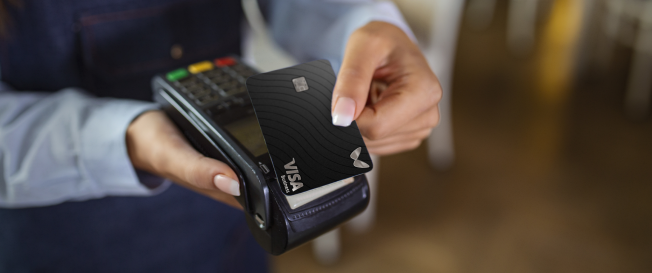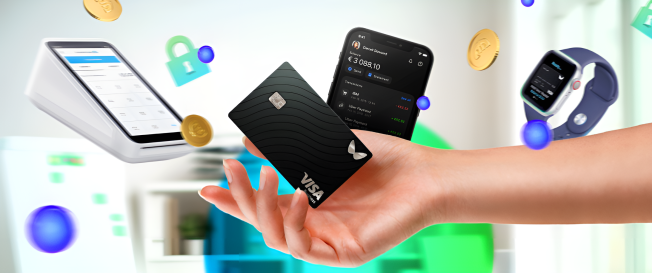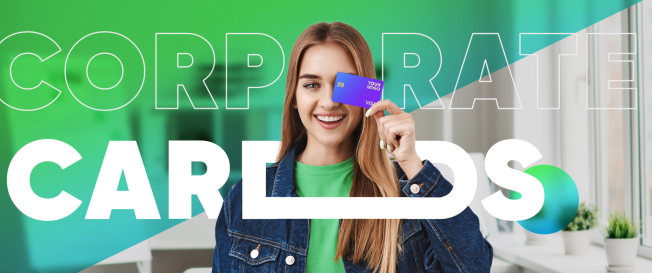Let’s be frank: Contactless payments can be considered a revolutionary solution that has turned the shopping experience upside down. Contactless cards became exactly the instrument with which purchasing goods and services became even more comfortable, faster, and convenient. The troublesome epidemiological situation in the world has adjusted the plastic cards’ use as a means of payment.
The popularity of Contactless payments increased several times as it became the easiest and safest way to make a payment. The number of contactless cards is constantly growing, as used technology has many advantages, among which the most significant is a high level of Contactless payment security.
What are contactless payments?
Using magnetic stripe cards was impossible without direct contact with the reader – the plastic was inserted into the terminal. Moreover, in most cases, after reading the data, the buyer had to enter a PIN code. Contactless payments operate on a diametrically different principle.
Contactless payment is a form of payment that uses a debit or credit card equipped with technology without contact. Contactless cards use two technologies:
- Radio Frequency Identification (RFID).
- Near Field Communication (NFC).
Contactless payment has become simple, easy, and safe thanks to combining two innovative solutions. One of the features of contactless payments was the possibility of embedding the technology in the phone (Wallet, for example), smartwatches, and other digital devices supporting NFC. For cardholders and sellers of goods/services, contactless payments became the ideal solution providing speed of transaction at high security.
Contactless payment has become simple, easy, and safe thanks to the combination of two innovative solutions. One of the features of contactless payments was the possibility of embedding the technology in the phone (Wallet, for example), smartwatches, and other digital devices supporting NFC. For cardholders and sellers of goods/services, contactless payments became the ideal solution providing speed of transaction at high security.
What is a contactless credit card?
A contactless card is an innovative solution in the banking industry. The RFID technology in the cards allows for contactless payment by touching the card to the payment terminal. The contactless card transmits information about the credit card to the merchant system via short-range electromagnetic waves. The terminal receives, processes, and conducts the data.
Credit cards with a built-in chip cannot be considered a contactless payment tool. The chip requires the user to make direct contact between the card and the terminal, while contactless payments are made by a quick movement of the card over the payment terminal, which is more like swiping. But, the contactless card also, like other credit and debit instruments, has information printed on it. It is equipped with a magnetic strip.
Additionally, a smartphone or smartwatch can be an alternative to a contactless card. Not all, but some models support NFC technology. It allows you to put a credit card in a mobile app and use your phone as a device to pay for purchases. There’s no need to pull out a wallet containing many cards to fish out the one you need right now. It’s enough to activate your phone in payment mode, point it at the terminal, take the receipt with your purchases and leave the store.
How does a contactless credit card work?
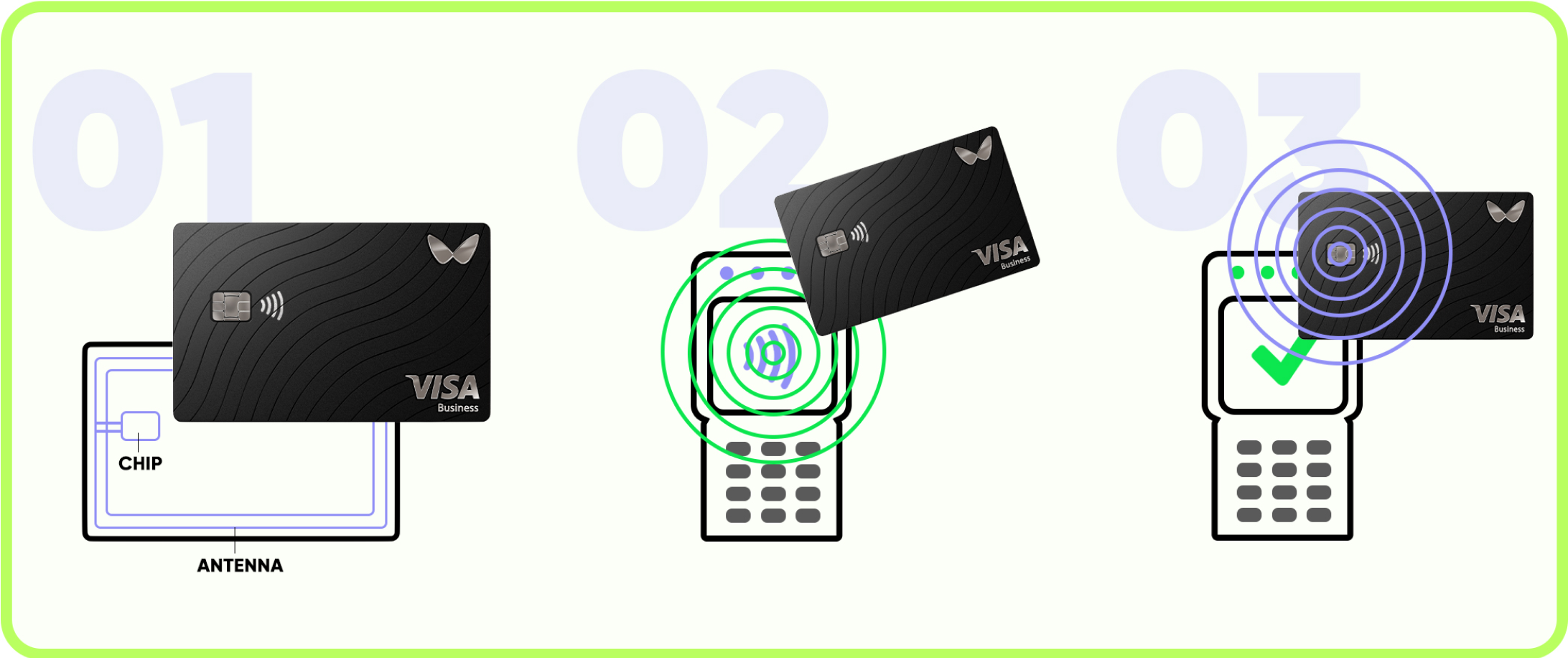
Contactless payment cards are equipped with a special chip that is a source of electromagnetic waves. You should not confuse the chip in a contactless card with an ordinary chip that requires you to insert your card into a terminal. A PIN, like any other cardholder identification, is not required. The contactless card speeds up the payment process without forcing the buyer to depend on the triggering speed of merchants.
The chip is a card data source and transmits the necessary information to the payment reader. The POS device may need a few seconds to process the received data. After all processes for payment are completed, the terminal will inform the cardholder and cashier with a sound and light signal.
How do I know if my credit card is contactless?
If you’re unsure if your credit card is contactless, you can simply inspect the plastic instrument and use obvious signs to determine its type. On a contactless credit card, you’ll notice details like the wave icon, which is most often seen on the leftmost side of the plastic.
In addition, the issuer puts the inscription PayPass or PayWave on contactless cards. The inscription depends on the payment system that serves the card. For MasterCard, the first option is traditional, and the Visa system uses the second one.
If, for some reason, visual signs are not available, you can always use the “trial and error” method. Just put the card into the terminal. If nothing happens and the terminal does not react, the card is not contactless.
How to use a contactless card?
Contactless card operation is extremely simple and consists of three simple steps:
- Place the card a few centimetres above the terminal after its activation (before that, you should make sure that it can accept and process contactless payments, as indicated by the special icon in the form of waves.)
- The terminal’s sound or light signal indicates a successful payment.
- Do not remove the contactless card too quickly because the terminal is incapable of multi-channel data reading and will most likely display a message that the command was cancelled.
Contactless payment terminals are becoming increasingly popular around the world. A contactless card user can find information on the sales outlets that offer contactless payment using an application (Mastercard Contactless Locator). When a smartphone is used as a contactless payment tool, it is worth placing the device above the terminal. Some users have several contactless cards that can be used as a payment tool. In the case of a smartphone, the card selected for default use can be manually changed to the one that is more relevant at the time.
Where can I make contactless payments?

Contactless cards can be used wherever credit or debit cards are accepted. All that is required is for the retailer to equip the checkout area with a contactless terminal. The vast majority of retailers, from small, private stores in your apartment complex to hypermarkets, accept contactless cards.
The HoReCa establishments are no exception. Bars, restaurants, small buffets, and private canteens provide a high level of service by offering a contactless payment option to customers. In addition, contactless credit cards can be used to purchase tickets for public transportation, public events, concerts, author’s evenings, and apartment parties. With contactless cards, you can easily buy and systematically recharge tickets.
Security of contactless payments
One of the stereotypes of contactless card users is the doubtful safety of such payment tools. But in fact, contactless cards are much safer than classic credit cards with a magnetic strip, which require contact with a terminal. The following arguments confirm this opinion:
- The unique encryption of the embedded chip brings the probability of card counterfeiting to zero.
- A dynamic code accompanies every contactless payment, eliminating the risk of a fraudster interfering with changing or reading the card information.
- Contactless terminals are equipped with an instant disconnect function immediately after receiving the transaction confirmation, eliminating double withdrawal by mistake.
- Contactless cards don’t need to be held in the merchant’s hands when the terminal is at a long distance, so it is virtually impossible to read the CVV/CVC code.
Contactless payments using a contactless card do not require a PIN. This would lead us to believe that fraudsters can go shopping and pay with a card for purchases without any problems. But every bank or payment system limits contactless payments without a PIN code. Therefore, the fraudsters will not be able to withdraw too much money from your balance. Further fate of the sum on the account, as always, depends on the speed of response of the cardholder.
Is it possible to skim contactless cards?
Fraudulent schemes or skimming, which make stealing money from a contactless card possible, exist, but only in theory. In practice, scanning a contactless credit card in your pocket or intercepting data with a scanning device on the card in public is an unlikely scenario. If we consider the situation with contactless technology smartphones, the only possible way for a thief to seize and use the stolen money on the card is theft of a device. But even in this case, with a quick reaction of the owner through the banking service, it is possible to quickly block the account and the SIM card, preventing financial losses.
Fraudulent use of cancelled contactless cards
The use of cancelled contactless credit cards was a fraud scheme until recently. The point is that with contactless payment for a relatively low-value item, the store could not send a request to the issuing bank, conducting the payment offline. Therefore, the fraudster could easily use the cancelled card to his advantage by making low-value purchases.
Contactless payment limit Contactless payments, the use of funds from the account involves entering a PIN code. But if the thief knows the combination, it is safe to make small purchases because the offline payment will not contact the bank, which is the card issuer. Recently, this principle of contactless technology has drastically changed. Now all purchases, regardless of the amount, take place online. This means that the bank will receive a confirmation request.
The contactless cardholder’s notification that the card has been stolen must be registered with the banks. A blocked card is no longer a means of payment. And if the bank allows contactless payment from such a card from a bank account, it means that the bank is responsible for the lost funds.
How to avoid contactless card fraud?
Contactless card owners can do a few simple things to secure the funds on their card:
- A contactless card opens up some opportunities for fraud – Reading data from a magnetic strip is difficult but possible. Avoid keeping your cards in pockets, open bags, or wallets in plain sight.
- Receipt – A receipt does not always accompany contactless payments. If you want to receive a payment confirmation and control the withdrawal of funds constantly, you should draw the cashier’s attention to the need to issue a receipt.
- Checking bank statements on contactless cards – periodic control reports of the account will allow you to quickly notice atypical activity, superfluous write-off of means, and other movements on the card.
You can never be too careful. The same principle is to enable contactless cards.
Advantages of contactless credit cards
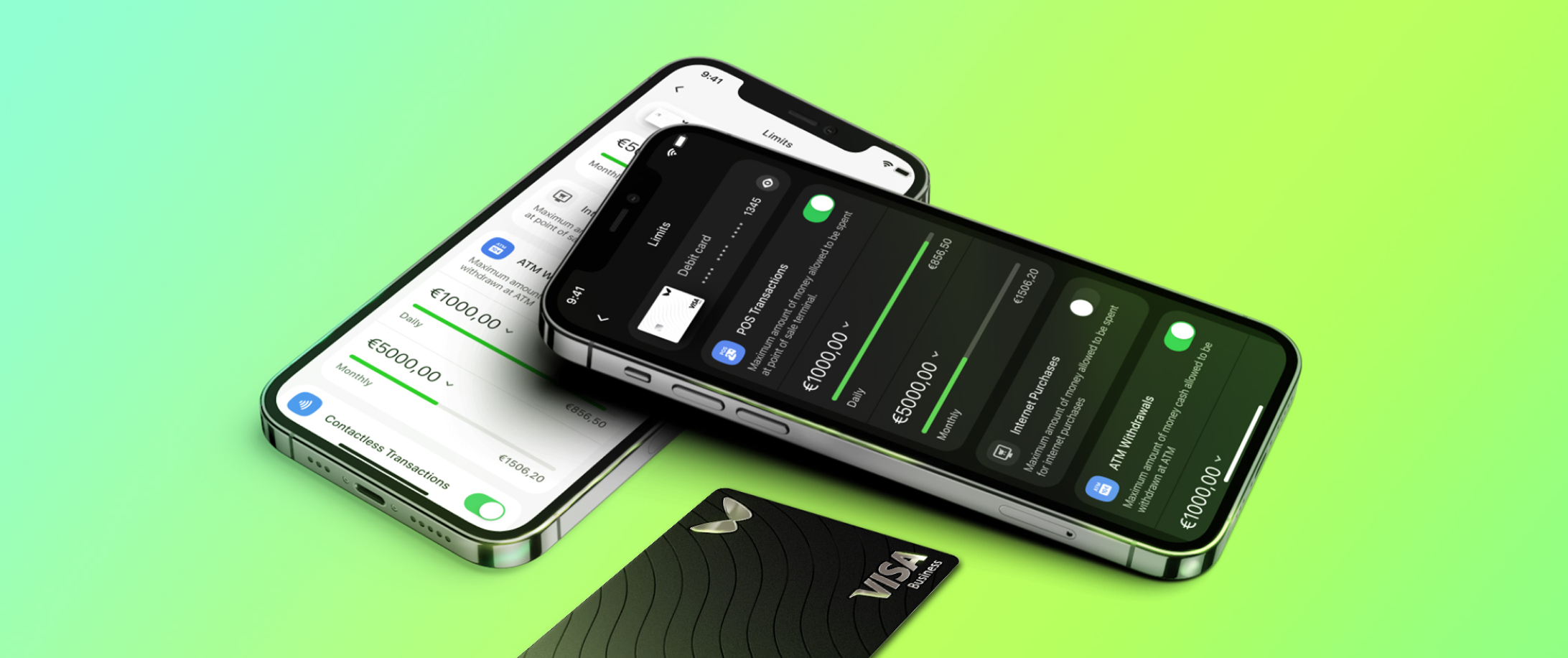
Among the apparent advantages of contactless cards, you can first name the time saved and the simplicity of making a payment. These advantages become especially evident during participation in various events, where sales outlets gather long lines of people.
The multiple other bonuses include:
- It is not necessary to remove the contactless card from your bag. You can put your purse or wallet in the terminal, and the devices will find each other.
- There’s no need to enter a PIN code during a contactless payment, which is convenient if your hands are full.
- Contactless payments are fast – besides it taking only one or two seconds to read the data, holding the card over the terminal eliminates the risk of fraudsters reading the CVV code.
- The cards are durable – the absence of magnetic tape eliminates the risk of demagnetization. The terminal does not scratch the plastic and does not erase the images.
The high security of contactless payments also becomes an advantage. But in any case, the user must comply with basic security requirements to reduce the probability of theft of cards or funds to zero.
Providers of contactless credit cards
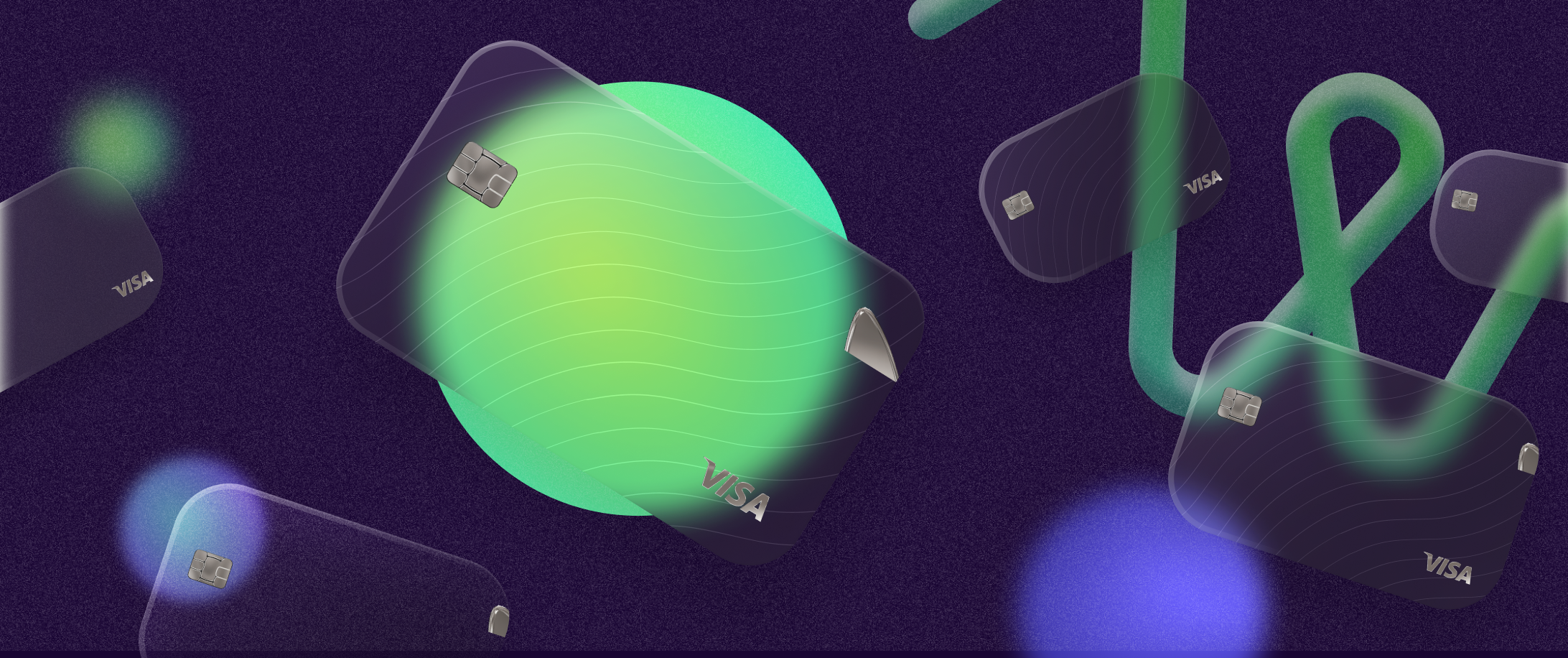
According to the latest data, there are about 400 million contactless cards in active use in the U.S., and that number is growing steadily. Most card issuers have decided to issue contactless cards by default.
One of the most trusted providers to launch contactless credit card issuance has been Wallester. The company has two products in its arsenal that support contactless payment technology. The cards are white cards that can be branded to match the corporate identity. The white contactless card can be debit, credit, or disposable. Everything the user needs can be added to the list of rewards. Using cards from a provider is also possible overseas.
The black card from the provider, Wallester, also has contactless payment technology. It is a corporate card that allows you to serve multiple companies and integrates with your financial and accounting systems. The black card can be physical or virtual. Any contactless card can be entered into an application available on any operating system (Android, iOS). Thus, Wallester will offer its customers exclusive tools for contactless payments, which can be tailored to each user’s requirements.
Providers that issue contactless credit cards:
- American Express – according to the company, most products already have contactless technology. If you’re not already a holder of a contactless card safe, you’ll likely get a contactless tool from American Express the next time you replace or renew your card.
- Bank of America – Since 2019, Bank of America issues contactless cards. At first, it was only applicable to holders in New York, Boston, and San Francisco. But as of now, all customers are issued a contactless card by default.
- Capital One – Not all cards issued by this institution are contactless, but most products are equipped with the technology. If you want a card from Capital One with contactless, it’s worth checking with bank managers to see which products are equipped with a chip to accept contactless payments.
- Chase is also a company that has not yet fully embraced contactless credit cards by default. But the number of credit cards from Chase that allow contactless payments is up to 20.
- Citi – The institution doesn’t list contactless payment as freely available to everyone. You can find out if your card is contactless by checking the card itself or the company’s official website.
In conclusion, we can say that there is enough choice of the provider which will give a contactless card. Contactless card technology is becoming increasingly popular because of its many advantages. It makes the shopping process simple, easy, and fast. Contactless cards are also characterized by a high level of security, protecting the holder’s finances from fraudulent schemes.
FAQ
Why did my contactless card stop working?
Reasons for a contactless card to stop working may include:
- Swiping the card over the terminal too quickly – the device simply doesn’t have time to read the data.
- The terminal is not equipped for receiving contactless payments.
- Damage to the chip, a malfunction with the NFC system.
If the card fails repeatedly, we recommend that you contact the card service provider to have the card replaced. Alternatively, you can swipe your card’s magnetic strip and enter the pin code to make an urgent payment.
Can I refuse a contactless card?
Though contactless credit cards are becoming more and more popular among users worldwide, there are situations when this kind of payment tool is not suitable. It is possible to refuse a contactless card, but it all depends on the terms and conditions of the provider who provides you with the card. If a contactless payment method doesn’t suit you for subjective reasons, ask the bank to change the card. If the bank refuses to comply with the request, you will need to explore offers from other institutions to meet your needs.
How do I disable contactless cards?
You can disable the contactless payment feature in your mobile app. Almost all modern providers and banks develop applications (android, iOS), at the break of which you can manage the settings of cards, systematically view information about payments, and receive proposals for services. In the settings, you can turn off the NFC service, turning the contactless card into a regular credit card.
If you want to deactivate the credit/debit card because you no longer need the products offered, it is worth choosing one of the suggested options:
- Contact the bank to request that the card be deactivated.
- Cancel the card within the app.
How can I get a contactless card?
To become a contactless card holder, you need to contact one of the providers that offer this service. The choice of provider is individual. Examine the terms and conditions of your credit card, look at the availability of e-services, and review the list of possible benefits a contactless credit card holder can enjoy. Popular providers include American Express, Bank of America, Chase, Citi, and Wallester.
At what age can I get a contactless card?
The age limit for getting a contactless credit card may vary depending on the terms and conditions of the banking institution that issues the cards. In most cases, you can become a contactless credit card holder at the age of majority. But in any case, it is worth clarifying all the nuances and reading the contract carefully when applying for the card.
Do I need to activate my contactless card?
More often than not, the activation procedure for a contactless credit card requires you to follow some simple steps. Performing the activation procedure does not take much time. Following the instructions, you can activate the card in a few minutes.
The most common procedure involves:
- Installing the bank’s app on your phone.
- Adding the card by entering the details.
- Accepting the user agreement.
- Entering a verification code from an SMS message.
In addition, the possible activation options are to enter the PIN code during your first purchase or at an ATM.
What is the contactless payment limit?
Providers impose a limit on purchases without entering a pin code to increase the security of using contactless credit cards. Each provider sets its own limit. The usual limit is a maximum of £100, and you can increase it by contacting the issuing bank.
Initially, the limit for contactless payments was £45. It increased due to the growing popularity of contactless payments. The increase also aims to boost the speed and convenience of making purchases.
Will my bank reimburse fraudulent contactless payments?
Keeping track of credit card statements is ultimately the job of the holder. The safety of your money, like your card, is in your hands. If you notice strange activity or realize you no longer have the card, you should urgently notify the issuing bank about the incident. The bank will block the card based on a statement of possible fraudulent activity. It’s recommended to find out about your right to compensation when receiving the contactless credit card. All nuances concerning the rights and obligations of the bank and the holder shall be stipulated in the contract or the user agreement.
Can I unknowingly make a purchase if I am near the payment terminal?
The probability of such an event is extremely low. The point is that the card must be near the terminal reader to make a payment. The data is read without incident if the card chip and the terminal are a few inches apart. Unknowingly making a purchase is purely hypothetical. But, just as you don’t scatter cash around you in a store, neither should you neglect the security of a contactless credit card. It’s better to hide the card in your wallet and then in your bag than to hang it in your breast pocket or insert it in your phone case.
We would love to have the opportunity to meet with you and discuss how we can assist with your business needs.
Please don’t hesitate to contact us using this form.
Our team is always here and ready to help in any way we can.
